The Landmark Kesavananda Bharti Verdict and Basic Structure Doctrine Explained Amid NJAC Controversy
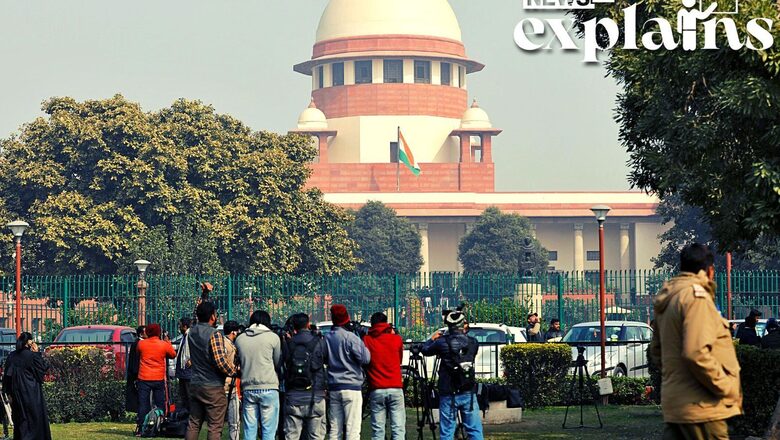
views
Senior Congress leader P Chidambaram on Thursday said Rajya Sabha Chairman Jagdeep Dhankhar is “wrong” in stating that Parliament is supreme and his views should warn every Constitution-loving citizen to be alert to the dangers ahead.
Vice President Dhankhar on Wednesday had said “one-upmanship and public posturing” from judicial platforms is not good and these institutions must know how to conduct themselves.
Dhankhar’s virtual censure of the judiciary had come following the apex court’s remarks on the issue of the collegium system.
What Did Dhankar Say?
Addressing the 83rd All India Presiding Officers Conference in Jaipur, Dhankar had again criticised the scrapping of NJAC Act in 2015 and questioned the landmark 1973 Kesavananda Bharati case verdict, saying it set a wrong precedent and that he disagrees with the Supreme Court ruling that Parliament can amend the Constitution but not its basic structure.
Reacting to the remarks, Chidambaram said on Twitter, “The Hon’ble Chairman of the Rajya Sabha is wrong when he says that Parliament is supreme. It is the Constitution that is supreme.” The “basic structure” doctrine was evolved in order to prevent a majoritarian-driven assault on the foundational principles of the Constitution, the former Union minister said.
“Suppose Parliament, by a majority, voted to convert the parliamentary system into a Presidential system. Or repeal the State List in Schedule VII and take away the exclusive legislative powers of the States. Would such amendments be valid?” Chidambaram said in a series of tweets.
After the NJAC Act was struck down, nothing prevented the government from introducing a new Bill, the senior Congress leader said. “The striking down of one Act does not mean that the ‘basic structure’ doctrine is wrong,” he added. “In fact, the Hon’ble Chairman’s views should warn every Constitution-loving citizen to be alert to the dangers ahead,” Chidambaram said.
Dhankhar, who has criticised in and outside the House the striking down of the National Judicial Appointments Commission (NJAC) Act by the apex court, said Wednesday that it was “a scenario perhaps unparalleled in the democratic history of the world.” “The executive is ordained to be in compliance with the constitutional prescription emanating from Parliament. It was obligated to adhere to the NJAC. Judicial verdict cannot run it down,” he had said.
His statement came in the backdrop of a raging debate on the issue of appointment to the higher judiciary with the government questioning the current Collegium system and the Supreme Court defending it.
The Kesavananda Bharti Case
In 1970, Kesavananda Bharti challenged Kerala land reform legislation that imposed restrictions on the management of religious property. The case was brought under Article 26, which deals with the right to manage religiously owned property without interference from the government.
The Supreme Court convened the largest-ever bench of 13 judges to hear the case. The case also included the following questions: Was Parliament’s power to amend the Constitution limitless? In other words, could Parliament change, amend, or repeal any part of the Constitution, even if it meant removing all fundamental rights?
What is the Background of the Case
In the verdicts in the Shankari Prasad and Sajjan Singh cases, the Supreme Court conceded absolute power to Parliament in amending the Constitution.
The court ruled in both cases that the term “law” in Article 13 must be interpreted to mean rules or regulations enacted in the exercise of ordinary legislative power, rather than amendments to the Constitution enacted in the exercise of constituent power under Article 368.
This meant that Parliament could amend any part of the Constitution, including fundamental rights. However, Article 13(2) states – “The State shall not make any law which takes away or abridges the right conferred by this Part (i.e. Part-III) and any law made in contravention of this clause shall, to the extent of contravention, be void.”
However, in the Golaknath case (1967), the Supreme Court ruled that Parliament could not amend Fundamental Rights and that only a Constituent Assembly could amend the Constitution.
The Court ruled that an amendment made under Article 368 is “law” within the meaning of Article 13 of the Constitution, and thus void if it “takes away or abridges” a Fundamental Right granted by Part III.
To overturn the Supreme Court’s decisions in the Golaknath case (1967), the RC Cooper case (1970), and the Madhavrao Scindia case (1970), the then-government enacted major constitutional amendments. Especially noteworthy:
The 24th Constitutional (Amendment) Act of 1971 gave Parliament the authority to amend any part of the Constitution. The right to property was removed as a fundamental right in the 25th Constitutional (Amendment) Act of 1972.
The landmark judgement in the Kesavananda Bharati case was delivered on April 24, 1973 by a narrow majority of 7:6, in which the majority held that any provision of the Indian Constitution can be amended by the Parliament in order to fulfil its socio-economic obligations guaranteed to citizens as stated in the Preamble, provided that such amendment did not change the Constitution’s basic structure.
The minority, on the other hand, was wary of giving the Parliament unlimited amending power. The court ruled that the 24th Amendment was completely valid. However, it ruled that the second part of the 25th Constitutional Amendment was unconstitutional.
The Supreme Court declared Article 31C unconstitutional and invalid, reasoning that judicial review is a fundamental structure that cannot be removed. Despite the court’s ruling that Parliament cannot violate fundamental rights, the amendment that removed the fundamental right to property was upheld.
The court ruled that the amendment would not violate the Constitution’s “basic structure” in spirit.
Doctrine of the Basic Structure:
The origins of the basic structure doctrine can be found in the German Constitution, which was amended after the Nazi regime to protect some fundamental laws.
Learning from that experience, the new German Constitution introduced substantive limits on Parliament’s powers to amend certain parts of the Constitution which it considered ‘basic law’.
The basic structure doctrine has served as the foundation for judicial review of all laws passed by Parliament in India. No law can change the fundamental structure. What the basic structure is, however, is still being debated.
Parliamentary democracy, fundamental rights, judicial review, and secularism are all basic structures held by courts; the list is not exhaustive.
The Judiciary is in charge of determining what constitutes the basic structure.
Consequences of the Decision:
Politically, the verdict was the judiciary’s biggest litmus test against the executive. The government disregarded the opinion and replaced three judges. The Forty-second Amendment was challenged in the Supreme Court less than two years after Parliament’s amending powers were restored to near absolute terms by the owners of Minerva Mills (Bangalore), a sick industrial firm nationalised by the government in 1974. The Minerva Mills case, and later the Waman Rao case, reaffirmed basic structure doctrine.
Read all the Latest Explainers here










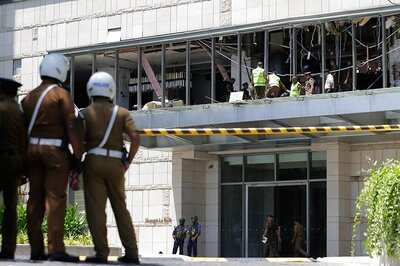



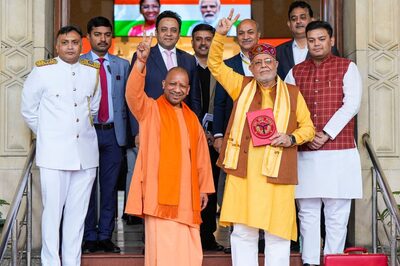
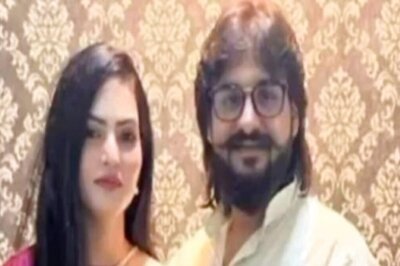

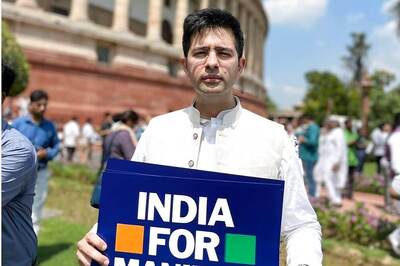
Comments
0 comment